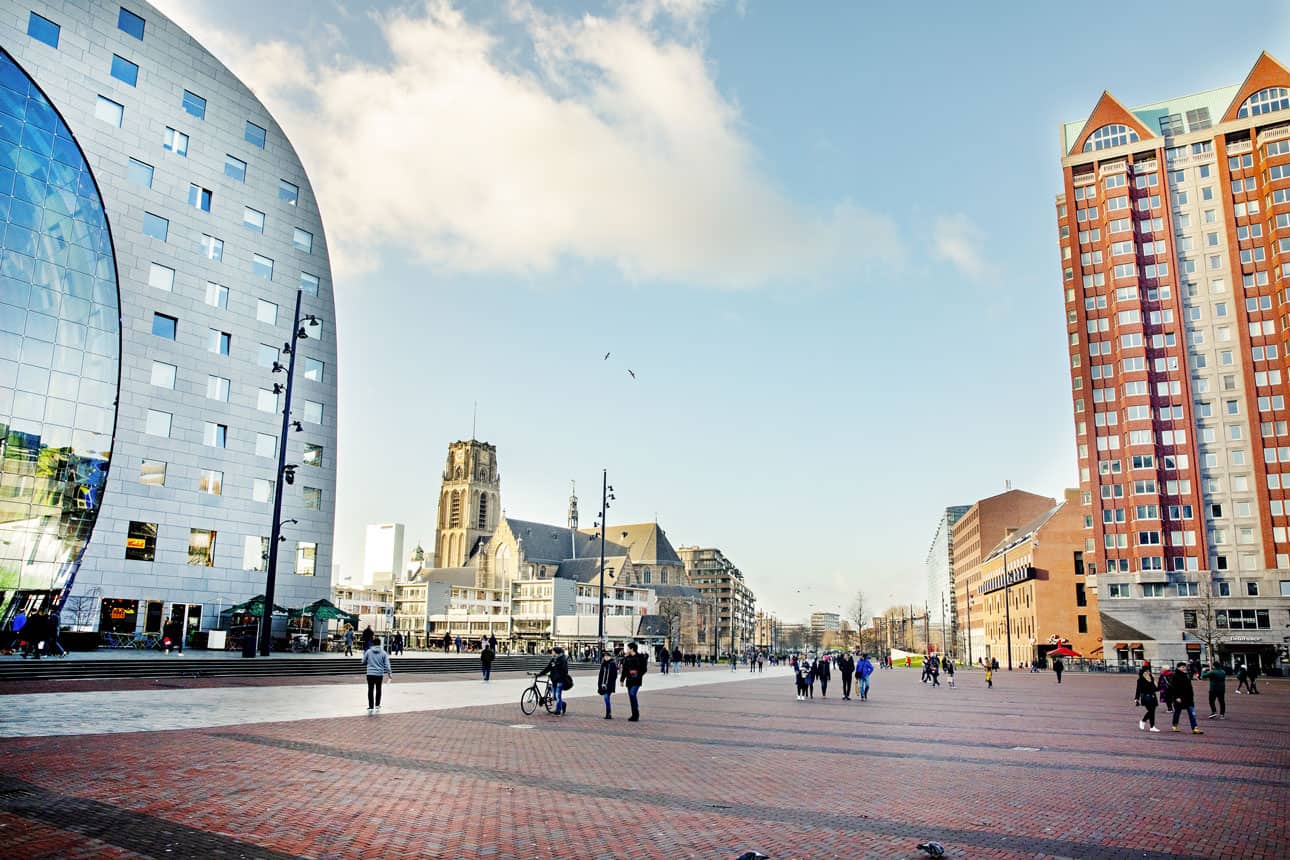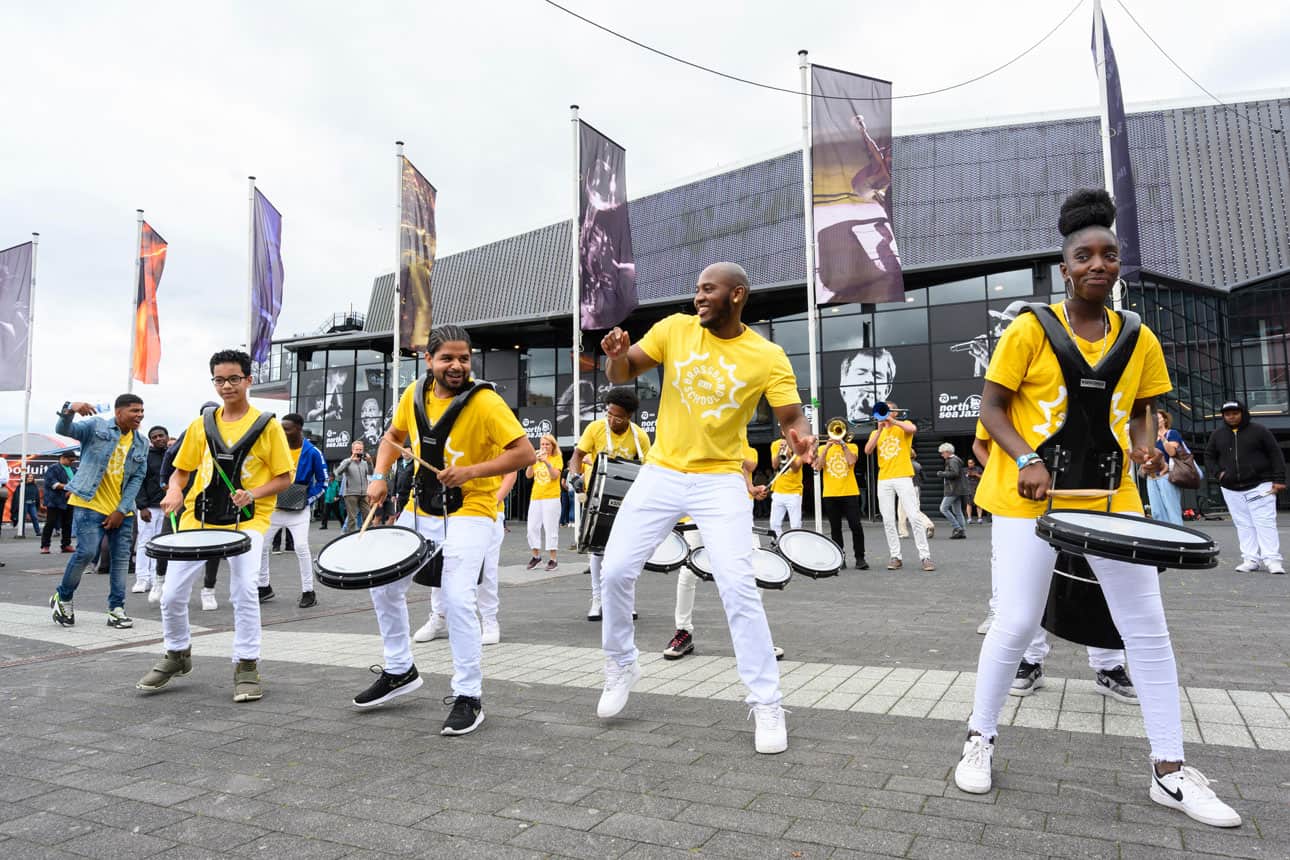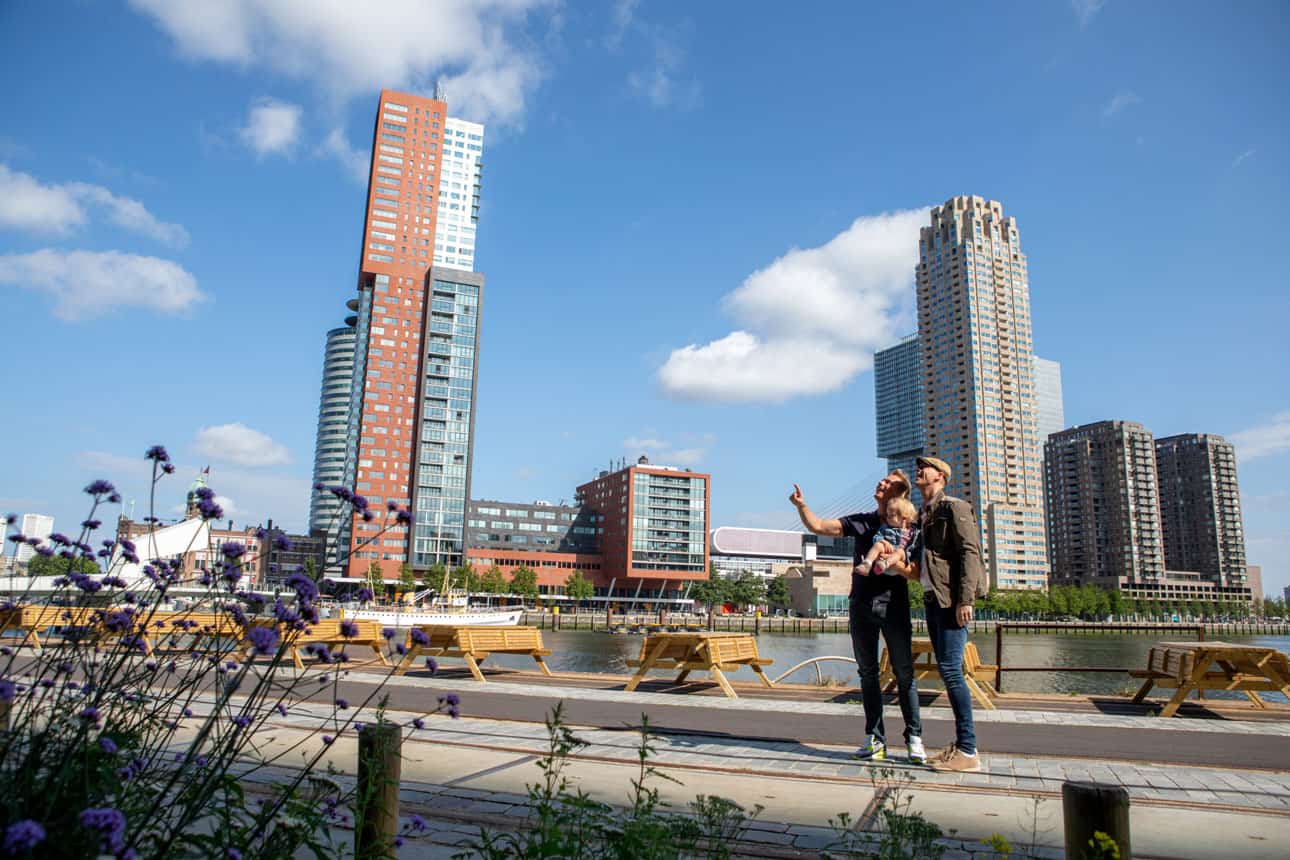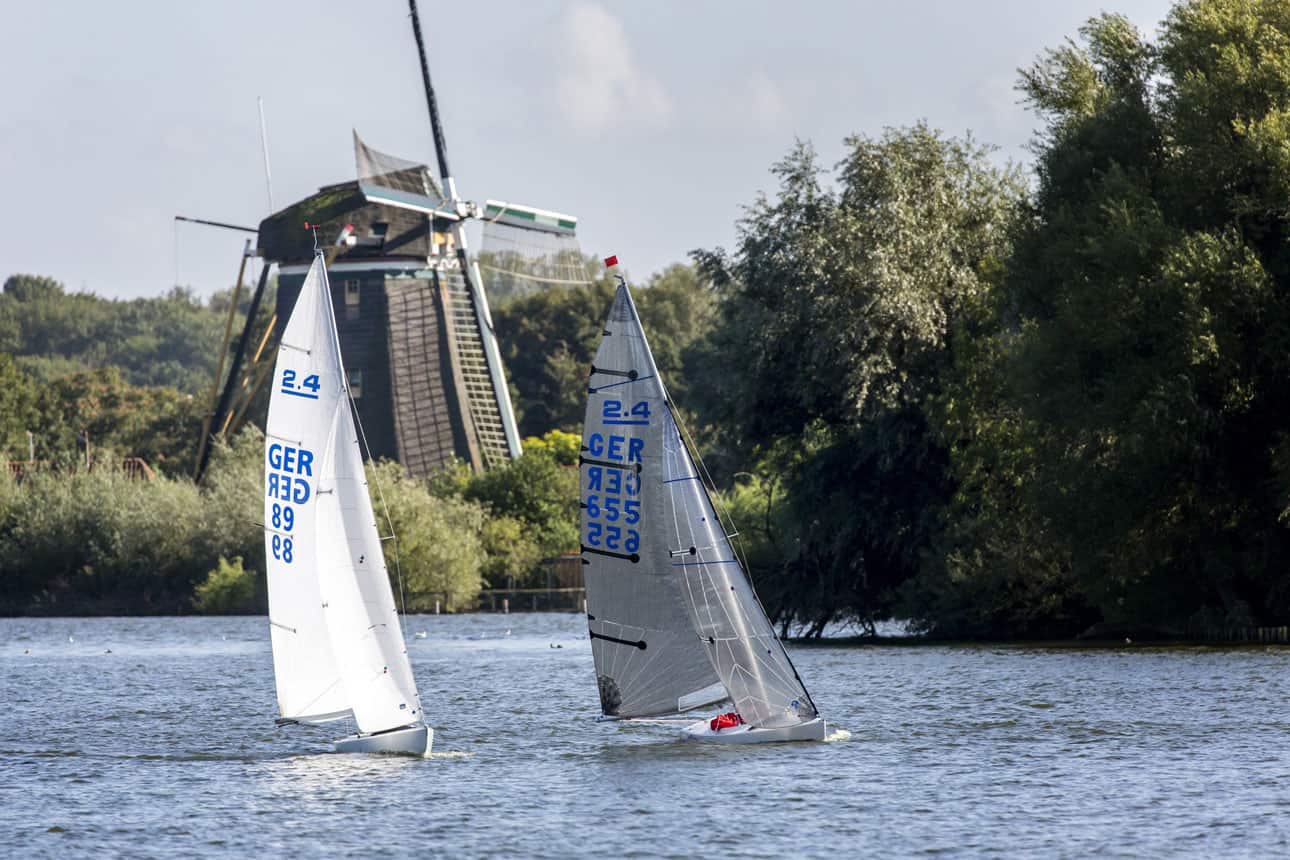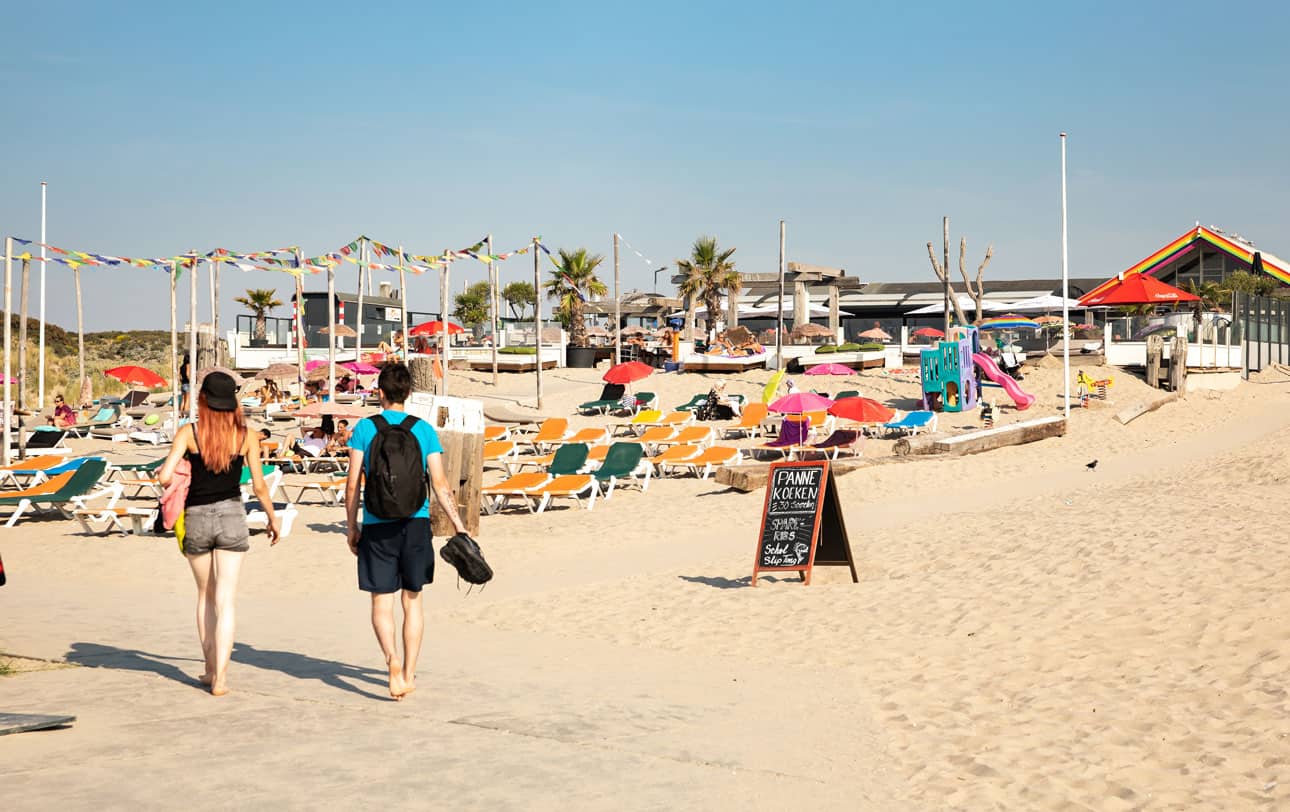Photo credit: Iris van den Broek.
Rotterdam Centrum, the heart of Rotterdam, is where the city's hustle and bustle comes to life. The district boasts a rich history, diverse architecture, and numerous attractions that draw visitors and locals alike.
History
The history of Rotterdam Centrum dates back to the 13th century, when the city was founded near the Rotte River. Over the years, Rotterdam grew into a significant port and trade centre, shaping its development. The city experienced a major setback during World War II when it was heavily bombed. However, Rotterdam Centrum has since been rebuilt, showcasing modern architecture and innovative designs.
Landmarks and Attractions
Rotterdam Centrum is home to several iconic landmarks, including the futuristic Central Station, the historic Laurenskerk, and the stunning Markthal. The district also houses numerous museums, such as the Boijmans Van Beuningen and the Maritime Museum, offering a cultural experience for visitors.
Housing Market
The Centrum district offers a variety of housing options, from modern flats to historic canal houses. Due to its central location, property prices and rental rates tend to be higher compared to other districts in Rotterdam.
Shopping and Entertainment
Rotterdam Centrum is a shopper's paradise, featuring well-known shopping streets like Lijnbaan and Meent. The district also offers a wide range of entertainment options, including cinemas, theatres, and music venues, ensuring a vibrant nightlife.
Going Out
The dining scene in Rotterdam Centrum is diverse and exciting, with numerous restaurants, cafés, and bars catering to various tastes. From fine dining to cozy bistros, there's something for everyone to enjoy.


